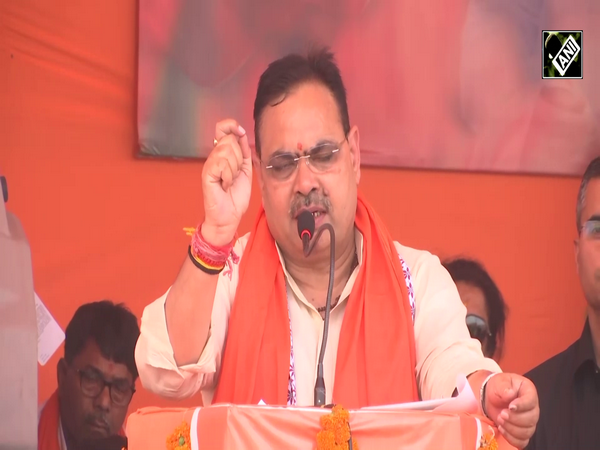
Survey finds India free of locusts ahead of Kharif crop season
Apr 23, 2024
New Delhi [India], April 23 : In a piece of good news for farmers, who would soon be busy sowing Kharif crops or may have already started, a survey has revealed that the country continues to be free of locusts, which emerged as a grave threat to farm output a few years ago.
During the routine survey conducted by the Locust Warning Organisation-Jodhpur, which is under the Union Ministry of Agriculture and Farmers Welfare, the country was found free from desert locust activities during the first fortnight of April.
A total of 165 spots, mostly in Rajasthan and Gujarat, were covered while conducting the field surveys, according to the latest bulletin on the locust situation.
"India is free from desert locust activities," the survey report stated.
During the survey, the desert region was found to be dry, and vegetation was green at a few spots in Suratgarh and dry at all other locations.
Citing FAO data, a global body, it said the situation is calm in Iran, Pakistan, India, and Afghanistan. "Isolated mature adults are observed in one place at Dalband in the northern areas of Baluchistan."
For India, it said ecological conditions are not favourable for locust breeding in the Scheduled Desert Area.
Locusts are voracious in nature and are known for their vegetation-destroying abilities. Their large-scale presence may potentially threaten food security.
Significantly, the locust menace was at its worst in Pakistan in early 2020, when the country declared the menace a national emergency.
At the same time, India too witnessed a large-scale locust incursion in several states, such as Rajasthan, Gujarat, some parts of Punjab, Madhya Pradesh, Uttar Pradesh, and Maharashtra.
Swarms of locusts were first spotted in India in early April, in the districts of Rajasthan bordering Pakistan. They damaged and destroyed a large portion of the crop area, but were mainly limited to Rajasthan.
Meanwhile, farmers in India would soon start, or some may have already started, sowing Kharif crops.
Paddy, moong, bajra, maize, groundnut, soyabean, and cotton are some of the major Kharif crops.
India has three cropping seasons: summer, kharif, and rabi.
Crops sown during June-July and harvested in October-November are called kharif. Crops that are sown during October and November, and the produce harvested from January to March, depending on maturity, are called Rabi. Crops produced between Rabi and Kharif are summer crops.




























